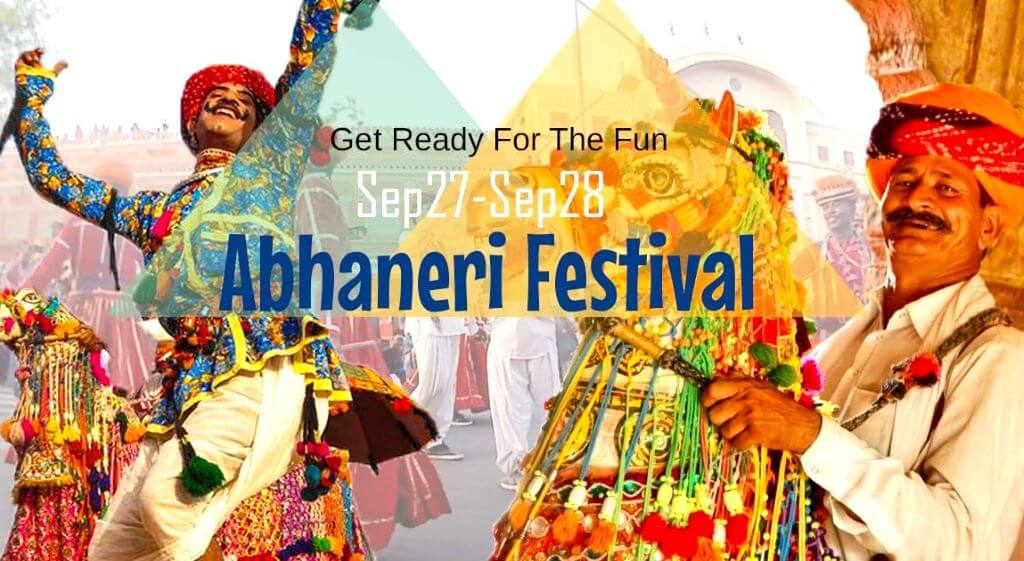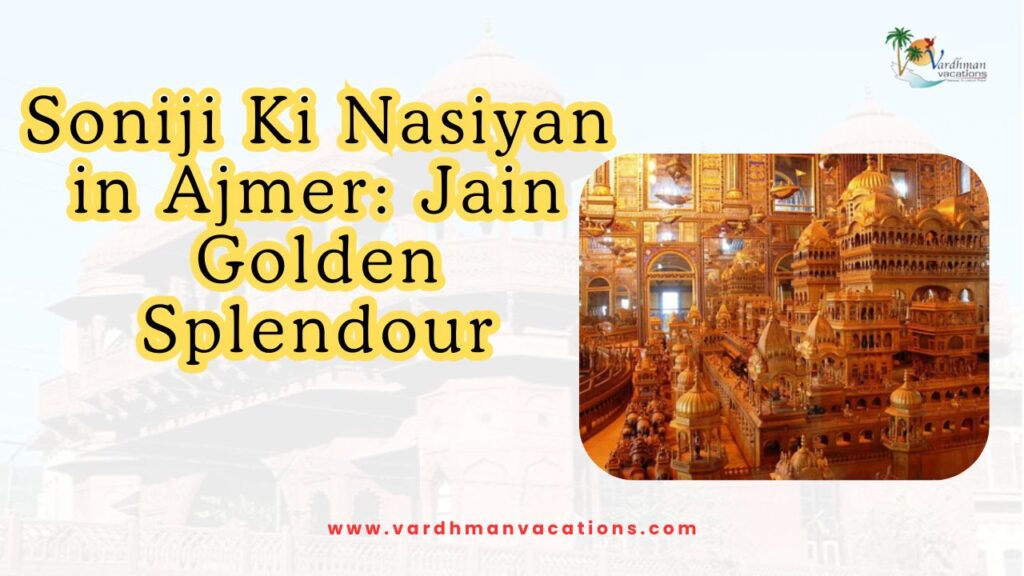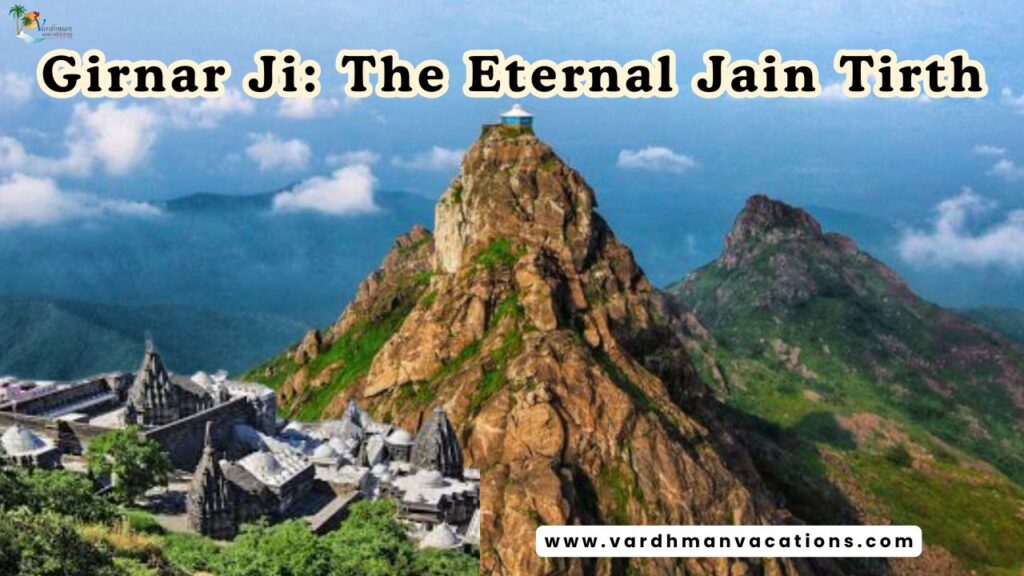Rajasthan proudly carries the badge of being one of the most vibrant states of India, renowned for its untamed wildlife, world-class heritage hotels, luxury trains, vintage museums, rich culinary traditions, and an array of fairs and festivals that celebrate its indigenous culture, art, and practices on the global stage. Among these, the Abhaneri Festival has emerged as a captivating cultural event since its inception in 2008 by Rajasthan Tourism. Much like the famous Pushkar Fair, Teej, and Camel Festival, it draws countless visitors from across the world.
The festival takes place in Abhaneri village, located in the Dausa district of Rajasthan, about 90 km from Jaipur on the Jaipur–Agra route. The village is widely known for the Chand Baori stepwell, one of the largest and most intricate stepwells ever constructed in India, which becomes a major highlight for tourists during the festival. The two-day celebration brings together a vibrant showcase of Rajasthan’s performing arts. Traditional folk dances such as Kachhi Ghodi, Kalbeliya, Ghoomar, and Bhawai mesmerize audiences with their grace and energy, reflecting the true spirit of Rajasthan’s cultural heritage.
Significance and History of Abhaneri Festival
Nestled in the northern part of Rajasthan, the Dhundar region of Dausa district is home to the tiny village of Abhaneri, which dates back to the 9th century. Though modest in size, the village holds immense social, cultural, and historical importance, carrying the rich legacy of the post-Gupta and medieval eras. Many of its ancient sculptures and artifacts are now preserved in renowned museums across the world, reflecting its artistic excellence.
Abhaneri, however, is best known for two architectural marvels—the Chand Baori stepwell and the Harshat Mata Temple. The Chand Baori is one of the largest and most spectacular stepwells in India, featuring 2,500 symmetrically arranged steps that descend nearly 20 metres to the base. Built strategically, these stepwells were not only architectural wonders but also served as crucial water reservoirs for the region’s arid landscape. Alongside, the Harshat Mata Temple adds to the village’s spiritual and cultural aura, symbolizing devotion and prosperity.
The Abhaneri Festival celebrates this glorious heritage, blending history with Rajasthan’s vibrant performing arts, making it an unmissable cultural experience.
Dates and History of Abhaneri Festival
The Abhaneri Festival has been celebrated since 2008, and over the years it has grown into one of Rajasthan’s most important cultural events. The village name Abhaneri is derived from the ancient word “Abha Nagri”, meaning “city of brightness”, reflecting its rich historical and cultural legacy.
The festival is usually held in the period between Kajli Teej and the Marwar Festival of Jodhpur, which typically falls in September or October. Lasting for two to four days, it showcases the essence of Rajasthani heritage through music, dance, art, and traditions.
In 2025, the Abhaneri Festival will take place on 26th and 27th September. This makes it a perfect short getaway for travelers from nearby regions such as Delhi, Gujarat, and other neighboring states, offering them a chance to immerse themselves in Rajasthan’s vibrant culture, warm hospitality, and historic charm.
Series of Events in Abhaneri Festival
This festival is perfect for planning a short getaway, especially from Delhi and neighbouring areas, to experience Rajasthan’s colour, vibrancy, and richness. The range of attractions here will immerse you in their rustic charm and surround you with the warm hospitality Rajasthan is known for. Look out for the following highlights:
Kalbelia Dance
The Kalbelia Dance is a vibrant folk dance performed by the women of the Kalbelia tribe of Rajasthan. Known for its energy and elegance, this dance mimics the movements of snakes, reflecting the community’s traditional association with snake charming.
Performed to fast-paced beats and accompanied by traditional instruments like the dholak and pungi, the dancers captivate audiences with their swift spins, graceful bends, and snake-like movements. Their colourful attire—flowing black skirts decorated with bright embroidery and mirror work—adds to the visual spectacle.
Considered one of the most thrilling and entertaining highlights of any Rajasthani celebration, the Kalbelia Dance has even earned global recognition as part of UNESCO’s list of Intangible Cultural Heritage.
Langa Singing
Langa Singing is a soulful folk tradition of Rajasthan, performed by the Manganiyar community, who have carried forward this art for generations. Their songs often narrate tales of bravery and valor, celebrating figures like Alexander the Great and the legendary rajas and maharajas of Rajasthan.
What makes Langa music truly enchanting is its devotional undertone—singers often invoke the blessings of Lord Krishna, weaving spirituality into their melodies. Accompanied by traditional instruments such as the sarangi, dholak, khartal, and ghungroos, the performances create a powerful rhythm that mesmerizes audiences.
Renowned worldwide, Langa Singing beautifully captures the soul of Rajasthan, blending history, devotion, and artistry into an unforgettable musical experience.
Kachhi Ghodi Dance
The Kachhi Ghodi Dance is one of Rajasthan’s most thrilling folk performances, traditionally performed by male dancers. Dressed in vibrant attire, the performers appear to be riding decorated dummy horses, while carrying naked swords that add to the dramatic flair.
The dance narrates the heroic tales of the Bavariya bandits from the Shekhawati region, blending storytelling with action. Performers often display daredevilry—such as playing with fire—leaving audiences both astonished and entertained.
Accompanied by the energetic beats of drums and rhythmic folk tunes, the Kachhi Ghodi Dance creates a festive atmosphere, making it one of the most lively and unforgettable highlights of the Abhaneri Festival.
Bhawai Dance
The Bhawai Dance of Rajasthan is a breathtaking folk performance that showcases the skill, grace, and balance of women dancers. Dressed in vibrant ghagra-cholis adorned with sparkling jewelry such as silver neckpieces and armlets, the performers captivate audiences with their dazzling presence.
What makes this dance truly mesmerizing is the act of balancing multiple earthen or brass pots on their heads while performing swift, graceful twirls. At times, dancers even perform on narrow rims of brass plates or glass bottles, adding an element of thrill and astonishment.
A perfect blend of elegance and daring artistry, the Bhawai Dance is one of the most spectacular highlights of the Abhaneri Festival, leaving visitors spellbound with its beauty and cultural richness.
Raas Leela
The Raas Leela is a devotional dance-drama that beautifully depicts the divine love stories of Radha and Krishna. Through graceful movements, expressive gestures, and soulful music, performers bring to life various episodes from Krishna’s childhood, his playful pastimes with Radha, and the spiritual bond they share.
Blending dance, music, and storytelling, Raas Leela is not only a form of entertainment but also a deeply spiritual experience. The vibrant costumes, traditional instruments, and heartfelt performances create an atmosphere of devotion and joy, leaving the audience enchanted.
As part of the Abhaneri Festival, the Raas Leela captures the essence of Rajasthan’s cultural and religious heritage, offering visitors a glimpse into the timeless tales of Krishna.
Puppet Shows
Puppetry, or Kathputli, is one of the oldest and most cherished forms of storytelling in Rajasthan. Practised for centuries, it continues to be a vibrant part of the state’s cultural heritage. Using wooden puppets with movable limbs and expressive faces, puppeteers narrate tales filled with drama, humor, and moral lessons.
The animated movements of the puppets, combined with lively music and dialogue, bring to life fascinating stories about kings, queens, folklore, and everyday village life. Both children and adults find themselves enthralled by these performances, which are as entertaining as they are culturally enriching.
At the Abhaneri Festival, the traditional Kathputli shows are a must-watch, adding charm, laughter, and nostalgia to the vibrant celebrations.
Art and Crafts Exhibition
One of the major attractions of the Abhaneri Festival is its vibrant Arts and Crafts Exhibition, where visitors can explore and shop for authentic Rajasthani handicrafts. From handmade jewelry, embroidered fabrics, pottery, and leather goods to traditional paintings and decorative curios, the exhibition offers a treasure trove of ethnic artistry.
The venue itself is a visual delight, adorned with colorful flowers, rangolis, and festive décor, creating a warm and inviting atmosphere. It’s not just a shopping experience but also an opportunity to witness the craftsmanship of local artisans, who carry forward centuries-old traditions.
For travelers, the exhibition is the perfect place to pick up souvenirs and keepsakes, while experiencing the rich creative spirit of Rajasthan.
Camel Cart Rides
No visit to a Rajasthani fair is truly complete without experiencing a camel cart ride. Known as the ship of the desert, camels have long been an integral part of Rajasthan’s culture and lifestyle. At the Abhaneri Festival, camel carts offer a joyful experience for both adults and children, as they sway gently across the fairground.
Beyond being a fun activity, these rides also make for picture-perfect moments, giving visitors postcard-worthy memories to cherish. With the vibrant backdrop of the festival, a camel cart ride adds a touch of authenticity to the Rajasthani experience.
How to Reach Abhaneri Festival
Ahead of the festival, detailed day-wise itineraries are often shared through newspapers and online platforms, highlighting attractions such as qawwali performances, food stalls, visits to Harshat Mata Temple, and mesmerizing folk music and dance shows. The architectural beauty of the Harshat Mata Temple and the geometric brilliance of the Chand Baori stepwell are key highlights that make the trip worthwhile.
The village of Abhaneri is located about 90 km from Jaipur, on the Jaipur–Agra highway. It is easily accessible by multiple modes of transport:
- By Road: Numerous government and private buses connect Abhaneri with Jaipur, Agra, Alwar, and Bikaner. Taxis and private cabs are also convenient options for a more comfortable journey.
- By Rail: The nearest railway station is Bandikui Junction, located just 8 km from Abhaneri, which is well-connected to major cities in Rajasthan and beyond.
- By Air: The closest airport is Jaipur International Airport, around 95 km away, with frequent domestic and international flights. From there, taxis and buses are readily available to reach Abhaneri.
With its excellent connectivity and proximity to Jaipur, the Abhaneri Festival makes for a perfect short getaway to explore Rajasthan’s cultural vibrancy.
Conclusion
Gear up to immerse yourself in the kaleidoscopic beauty of Rajasthan and discover its rich folk traditions through this offbeat yet captivating festival. The Abhaneri Festival offers a multi-sensory experience filled with vibrant colors, soul-stirring music, energetic dances, and cultural spectacles. Amidst all the sights, sounds, and festivities, you are sure to capture picture-perfect memories that will stay with you long after the celebrations end.
FAQs About Abhaneri Festival
The festival usually takes place between Kajli Teej and the Marwar Festival of Jodhpur, typically in September or October. In 2025, it will be held on 26th–27th September.
Abhaneri is a small village in the Dausa district of Rajasthan, about 90 km from Jaipur on the Jaipur–Agra route.
By Road: Buses and taxis from Jaipur, Agra, Alwar, and Bikaner.
By Rail: Nearest station is Bandikui Junction, 8 km from Abhaneri.
By Air: Closest airport is Jaipur International Airport, around 95 km away.
The festival features folk dances (Kalbelia, Ghoomar, Bhawai, Kachhi Ghodi), Langa singing, Raas Leela, puppet shows, arts and crafts exhibitions, food stalls, and camel cart rides.
Yes! The festival offers activities for all ages, including folk performances, puppet shows, camel rides, and shopping for handicrafts.
Visitors should not miss the Chand Baori stepwell and Harshat Mata Temple, both architectural and historical marvels.
The Abhaneri Festival typically lasts 2–4 days, depending on the year’s schedule.







